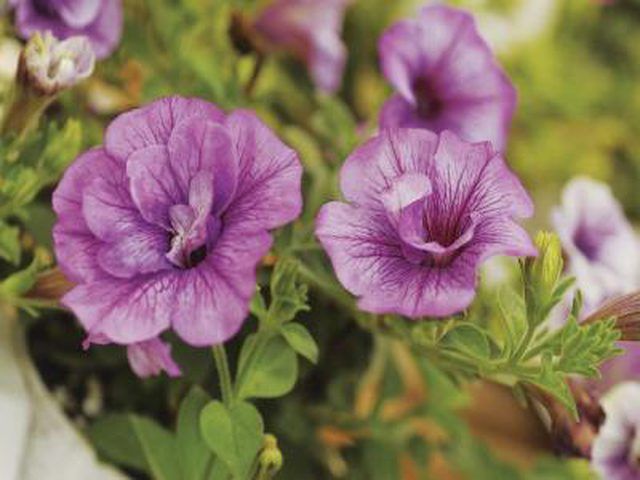Bulbs
Flower Basics
Flower Beds & Specialty Gardens
Flower Garden
Garden Furniture
Garden Gnomes
Garden Seeds
Garden Sheds
Garden Statues
Garden Tools & Supplies
Gardening Basics
Green & Organic
Groundcovers & Vines
Growing Annuals
Growing Basil
Growing Beans
Growing Berries
Growing Blueberries
Growing Cactus
Growing Corn
Growing Cotton
Growing Edibles
Growing Flowers
Growing Garlic
Growing Grapes
Growing Grass
Growing Herbs
Growing Jasmine
Growing Mint
Growing Mushrooms
Orchids
Growing Peanuts
Growing Perennials
Growing Plants
Growing Rosemary
Growing Roses
Growing Strawberries
Growing Sunflowers
Growing Thyme
Growing Tomatoes
Growing Tulips
Growing Vegetables
Herb Basics
Herb Garden
Indoor Growing
Landscaping Basics
Landscaping Patios
Landscaping Plants
Landscaping Shrubs
Landscaping Trees
Landscaping Walks & Pathways
Lawn Basics
Lawn Maintenance
Lawn Mowers
Lawn Ornaments
Lawn Planting
Lawn Tools
Outdoor Growing
Overall Landscape Planning
Pests, Weeds & Problems
Plant Basics
Rock Garden
Rose Garden
Shrubs
Soil
Specialty Gardens
Trees
Vegetable Garden
Yard Maintenance
How to Transplant to Plugs for Petunias
How to Transplant to Plugs for Petunias. Plugs are small plants grown in special plant propagation trays that hold from 70 to 800 plants, each in a small compartment, or cell. The resulting root ball looks like a small plug when you pop it out of the tray. Plug trays let you grow a large number of seedlings for annual bedding plants, including...

Plugs are small plants grown in special plant propagation trays that hold from 70 to 800 plants, each in a small compartment, or cell. The resulting root ball looks like a small plug when you pop it out of the tray. Plug trays let you grow a large number of seedlings for annual bedding plants, including petunias (Petunia X hybrida), for transplant in a compact space. Because petunia seeds are so tiny, they are usually germinated in an open tray and the clusters of sprouted seeds separated and transplanted into plug trays so they can develop with just one plant per cell.
Things You'll Need
Plug tray
Potting soil
Pencil or chopstick
Paper towel
Table fork
Watch your sprouted petunia seeds for their first true set of leaves. True leaves are the second set of leaves any seedling produces. The small oval leaves that emerge first are called seed or cotyledon leaves. Petunia leaves are elongated ovals that are slightly fuzzy.
Fill a plug flat with moist potting mix. Poke a small hole in the center of each cell with a pencil or chopstick.
Lift out a section of petunia seedlings with a fork. Work the utensil under the seedlings, scraping the bottom of the tray to avoid hitting the young roots.
Set the clump of seed-starting mix and seedlings on a piece of moist paper towel. Break up the clump gently with the point of the pencil or the tines of the fork. Discard the weakest seedlings and avoid handling the stems or roots of the petunias you are keeping.
Pick up one petunia by its leaves to avoid damaging it stem. It will not recover from stem damage at this stage. You can also catch the plant under its pair of leaves with the tines of the fork instead picking it up with your fingers.
Fold one end of the damp paper towel over the remaining seedling to keep them moist while you work.
Lower the petunia seedling straight into a hole in one of the cells. Set the plant so its leaves are just above the soil level. Ensure the hole is deep enough so the root doesn't double over in the bottom of the hole.
Firm the soil gently around the stem with your finger.
Repeat until you fill each plug cell with a petunia seedling.
Tips & Warnings
Petunias need 10 to 12 weeks from seed to garden transplant. Germinate petunia seed on top of moist seed-starting mix 10 to 12 weeks before you plan to transplant them into the garden -- when soil is at least 60 degrees Fahrenheit and there is no danger of frost.
Keep trays moist in an environment that is 60 to 65 F. They should receive 16 to 18 hours of light -- commonly under fluorescent lights -- per day so they will be ready to bloom at planting time.
Petunias can be directly seeded into plug cells to avoid transplanting if you use pelleted seed -- seed with a small amount of clay around it to give it a uniform and practical size for easy planting. Pelleted seed can be more expensive and difficult to find in a wide variety of petunia colors and cultivars.